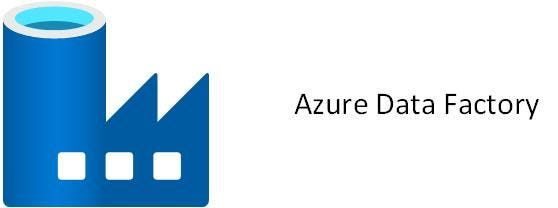Why Moving SSIS Packages to ADF is the Future of Data Engineering
How Data Teams Can Navigate the Transition from SSIS to Cloud-Based Data Management
In the world of data management, companies are evolving to keep themselves updated: stick with the traditional SQL Server Integration Services (SSIS) for data transformation tasks, or move into the future with Azure Data Factory (ADF)?
This isn't just a technical choice; it's about setting the stage for future growth and innovation. Let’s dive into why SSIS packages are being deployed in ADF, explore the associated costs, and consider the challenges a team might face. We’ll also go through the best route forward and how companies need to weigh their options.
Why Move SSIS to ADF?
The main reason for moving SSIS packages to ADF is for leveraging the cloud's offerings. The cloud offers scalability, reliability, and the flexibility to handle data workloads of any size, something that traditional on premises solutions struggle to match. ADF, Microsoft's cloud based data integration service, provides a more integrated, efficient, and scalable approach to data transformation and movement.
The Cost Perspective
When it comes to costs, the cloud's scalability means you pay for what you use. This can be both a blessing and a challenge. Initially, the cost might seem higher because of the migration effort and the learning curve. However, in the long run, the efficiency, scalability, and reduced need for physical infrastructure can lead to significant savings.
A Real World Project Scenario
Imagine a team with four developers, one QA tester, and a product owner tasked with migrating 200 SSIS packages to ADF. The sheer volume of packages makes this a daunting task. Each package may have different dependencies, complexities, and customizations. The small team size adds to the challenge, requiring meticulous planning, coordination, and a lot of hard work to ensure a smooth transition without disrupting ongoing operations.
What’s the Best Way to Go?
The best approach often involves a phased migration to ADF. Start with packages that are less complex and critical, which provides learning opportunities and allows the team to gradually adapt to ADF’s environment. This strategy helps in managing the workload effectively, reducing risks, and ensuring that business processes continue uninterrupted.
The Future
As companies are deliberate on this transition, the decision should be guided by longterm strategic goals. The move to ADF is not just about overcoming the limitations of traditional systems but also about embracing the future of data integration and analytics. Companies need to consider their growth trajectory, data strategy, and the potential for leveraging advanced analytics, AI, and machine learning capabilities offered by the cloud.
In Conclusion
The migration of SSIS packages to Azure Data Factory represents a significant shift towards more agile, scalable, and futureproof data management practices. While the journey may seem challenging, especially for smaller teams, the destination promises a world of possibilities. As we look ahead, it's clear that embracing the cloud is not just a trend but a strategic imperative for companies aiming to thrive in the data driven future.

